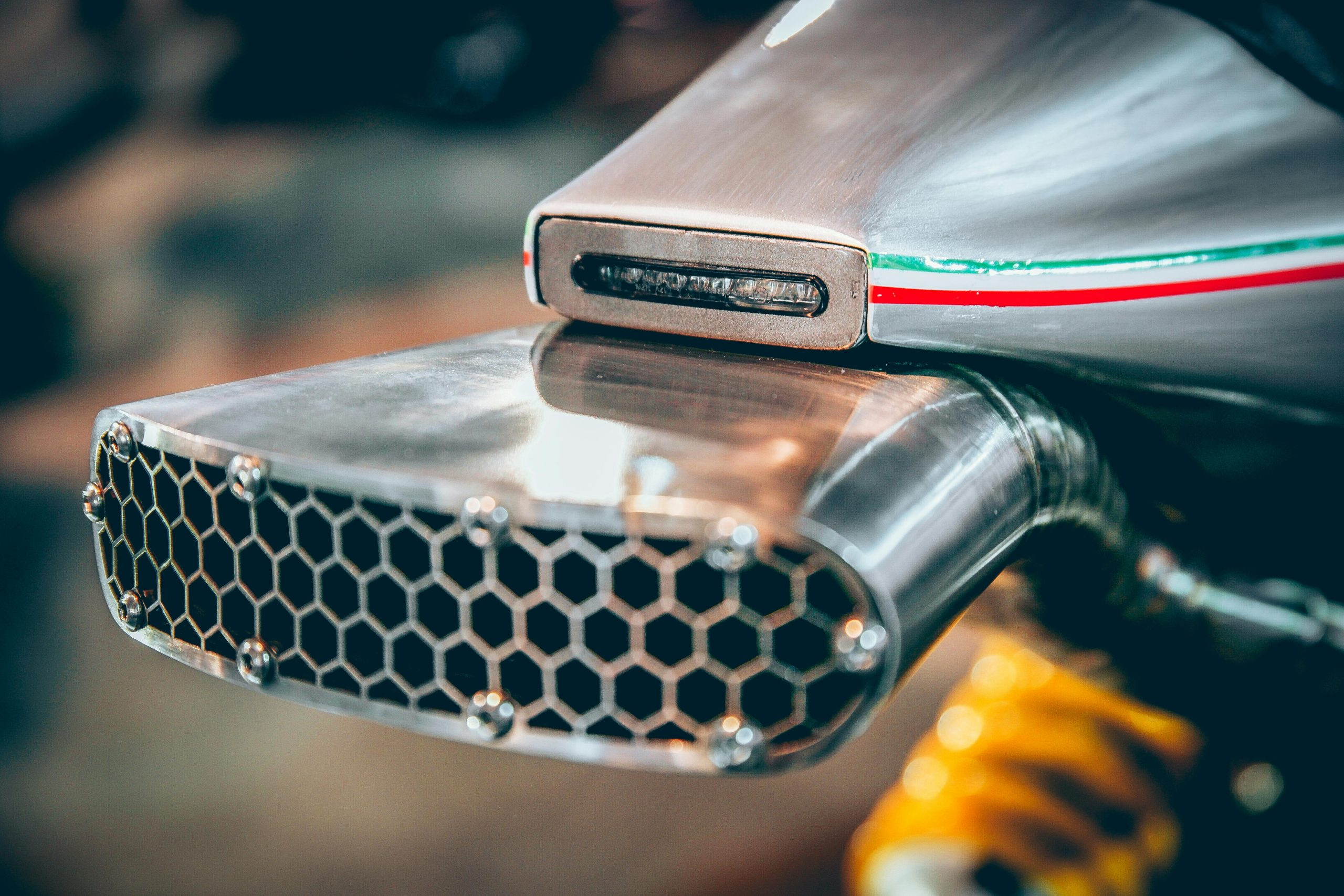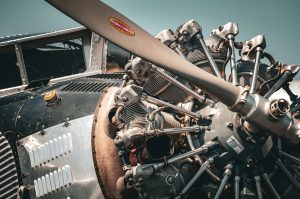Decoding the Mysteries of Modern Internal Combustion Engine Technology
Internal combustion engines have dominated the automotive industry for well over a century. They power millions of cars, trucks, and other vehicles on the road every day. But while most people are familiar with the concept of an engine, few truly understand the complexities and advancements of modern internal combustion engine technology. In this article, we’ll take a deeper dive into the workings of these engines and decode the mysteries that make them such a crucial part of our modern world.
The Evolution of Internal Combustion Engines
The first internal combustion engine was patented in 1791 by British inventor John Barber. However, it wasn’t until the late 1800s that German engineers Nikolaus Otto and Gottlieb Daimler made significant strides in developing the technology. The first commercially successful internal combustion engine for automobiles was created by Karl Benz in 1885, marking the beginning of the automotive industry as we know it today.
Since then, internal combustion engines have gone through numerous advancements and improvements. They have become smaller, more efficient, and produce less emissions thanks to the implementation of modern technologies and materials. But to truly understand the mysteries of modern internal combustion engines, we must first understand how they actually work.
The Basics of Internal Combustion Engines
The Four Strokes
On a fundamental level, internal combustion engines work by converting fuel into energy through a series of controlled explosions. This is achieved by following a four-stroke cycle: intake, compression, power, and exhaust. Let’s break down each stroke:
Intake
The intake stroke is when a mixture of fuel and air is drawn into the engine’s cylinder through the intake valve. This is controlled by the opening and closing of the valve, which is controlled by the camshaft.
Compression
Once the intake stroke is complete, the piston moves upwards, compressing the fuel-air mixture in the cylinder. This is done to increase the density and temperature of the mixture, making it more volatile and ready to ignite.
Power
The power stroke is when the spark plug ignites the compressed fuel-air mixture, causing a controlled explosion that drives the piston back down, producing power. This is the stroke that creates the energy that powers the vehicle.
Exhaust
The final stroke is the exhaust stroke, where the burned fuel and air mixture is pushed out of the cylinder and released through the exhaust valve.
This four-stroke cycle then repeats itself hundreds of times per minute, providing the necessary power to keep the vehicle moving.
Key Components of Modern Internal Combustion Engines
Fuel Injection Systems
One of the main advancements in modern internal combustion engines is the move from carburetors to fuel injection systems. Carburetors are responsible for mixing the fuel and air before entering the cylinder, while fuel injection systems introduce fuel directly into the combustion chamber. This results in more precise control over the fuel-air mixture, leading to better fuel efficiency and reduced emissions.
Turbochargers and Superchargers
Turbochargers and superchargers are forced induction systems that work by compressing the air entering the engine. This provides more oxygen for the combustion process, resulting in more power and better performance. These systems have become increasingly common, especially in high-performance vehicles.
Variable Valve Timing
Variable valve timing technology has revolutionized internal combustion engines. It allows for faster and more precise control over the opening and closing of the intake and exhaust valves, resulting in improved performance, fuel efficiency, and emissions control.
The Future of Internal Combustion Engines
Despite the advancements in modern internal combustion engine technology, their reliance on fossil fuels makes them unsustainable in the long run. As the world moves towards a more environmentally friendly future, the automotive industry is shifting towards electric and hybrid vehicles.
However, internal combustion engines are still expected to dominate the market for the foreseeable future. Experts suggest that advancements in technology, such as alternative fuels and continue improvements in efficiency, can extend their lifespan and make them a more eco-friendly option.
In Conclusion
Decoding the mysteries of modern internal combustion engine technology is no easy feat. However, understanding the basics of how they work and the advancements that have been made can give us a greater appreciation for these powerful machines. As we continue to push towards a greener future, it will be interesting to see how internal combustion engines evolve and adapt to stay relevant in the automotive industry.










